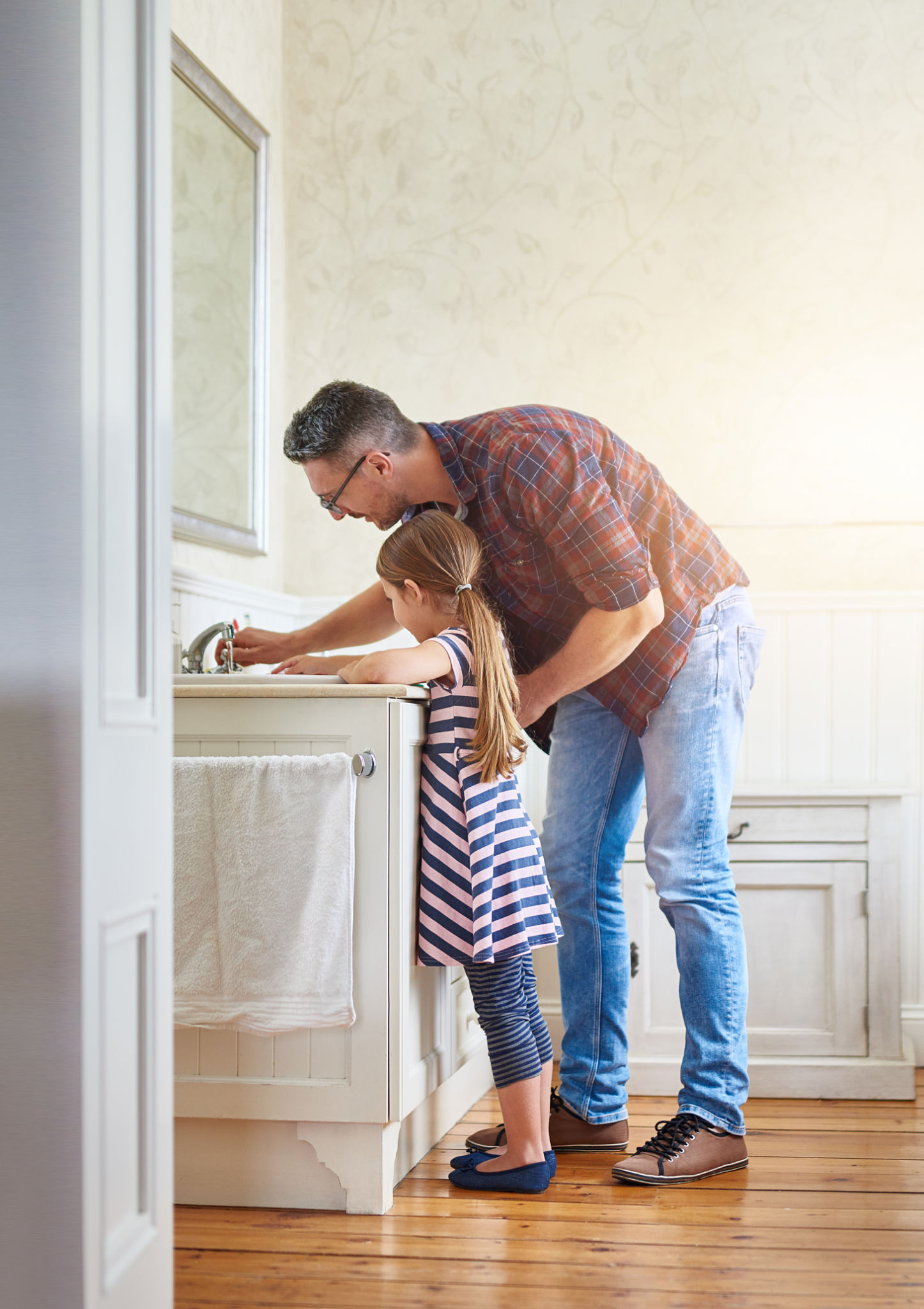幼稚園清潔 Best Practices: Creating a Safe Learning Environment
Introduction to Kindergarten Cleanliness
Maintaining a clean and hygienic environment in a kindergarten is crucial for the health and safety of young children. Since children have developing immune systems, they are more susceptible to infections and illnesses. Therefore, implementing best practices for cleanliness is essential in creating a safe learning environment.

Daily Cleaning Routines
Daily cleaning routines form the foundation of a healthy kindergarten environment. These routines should include sanitizing high-touch surfaces such as door handles, light switches, and toys. Additionally, regular vacuuming or sweeping of floors and cleaning of bathrooms should be part of the daily checklist.
Implementing a structured cleaning schedule ensures that no area is overlooked. Staff members can rotate responsibilities to ensure that each area receives adequate attention. Consistency is key to maintaining a germ-free environment.
Hand Hygiene
Teaching children proper hand hygiene is equally important. Encourage frequent handwashing, especially before meals and after using the restroom. Use posters and fun songs to make the process engaging for young children. Providing hand sanitizers at strategic locations can also complement handwashing efforts.

Weekly Deep Cleaning
In addition to daily cleaning, a more thorough weekly deep cleaning is necessary. This involves disinfecting surfaces, washing soft furnishings like curtains and rugs, and checking for any maintenance issues that need attention. A deep clean helps to eliminate germs that may have been missed during routine cleaning.
It's beneficial to use non-toxic, child-friendly cleaning products during these sessions to ensure the safety of both children and staff. These products effectively remove bacteria and viruses without leaving harmful residues.
Ventilation and Air Quality
Maintaining good air quality is another critical aspect of a safe learning environment. Ensure that classrooms are well-ventilated by opening windows regularly and using air purifiers if necessary. Good ventilation helps reduce the spread of airborne germs and maintains a fresh atmosphere conducive to learning.

Involving the Community
Parents and caregivers can play a significant role in maintaining cleanliness standards in kindergartens. Regular communication about the importance of keeping personal items clean, like backpacks and lunchboxes, can contribute to overall hygiene efforts. Organizing community clean-up days can also foster a sense of collective responsibility.
Inviting parents to share feedback on cleanliness practices can provide valuable insights and help improve existing protocols. This collaboration creates a partnership between home and school in ensuring child safety.
Conclusion: A Collective Effort
Ultimately, maintaining a clean kindergarten environment requires a collective effort from staff, parents, and children. By adhering to best practices in cleanliness and hygiene, we can create a safe and nurturing space where children can learn, play, and grow without health concerns. Investing time and resources into these practices ensures the well-being of our youngest learners.
